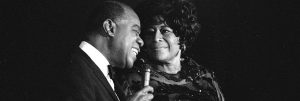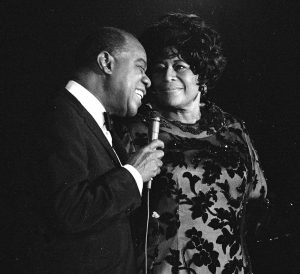Right from its earliest days, jazz has been a collaborative music that thrives on close interaction. Never mind the tired cliche of the macho cutting contest where instrumentalists battle to blow everyone else off the bandstand with their superior soloing skills, jazz has always been about doing it together. So, its unsurprising that, throughout its history, the music has produced a variety of intimate collaborations where the skills, temperaments and personalities of the musicians have fused to create powerful music that is even greater than the sum of its parts. Here’s a selection of just a few of the most remarkable partnerships in jazz.
Clifford Brown & Max Roach – “Study In Brown” (1955)
In 1954, drummer Max Roach invited New York trumpeter Clifford Brown to join him on the West Coast to form and co-lead a new, forward-thinking band. Recruiting tenor saxophonist Harold Land, pianist Richie Powell (brother of Bud Powell) and bassist George Morrow from the vibrant Hollywood scene, they launched the Clifford Brown / Max Roach Quintet, which quickly became widely regarded as one of the leading hard bop units of the day. Their 1955 album, “Study In Brown,” shows exactly why.
Across its assured blend of sultry swing and deep blues, Roach has an uncanny knack for anticipating and emphasising Brown’s every move, while Brown’s ebulliently bubbling solo on “Cherokee” is still recognised as one of the greatest moments in the history of jazz. Sadly, this phenomenally tight-knit group was as short-lived as it was influential: in June 1956 a car crash claimed the lives of 24-year-old Powell and 25-year-old Brown, putting a premature end to a partnership that had only just begun to show its enormous promise.
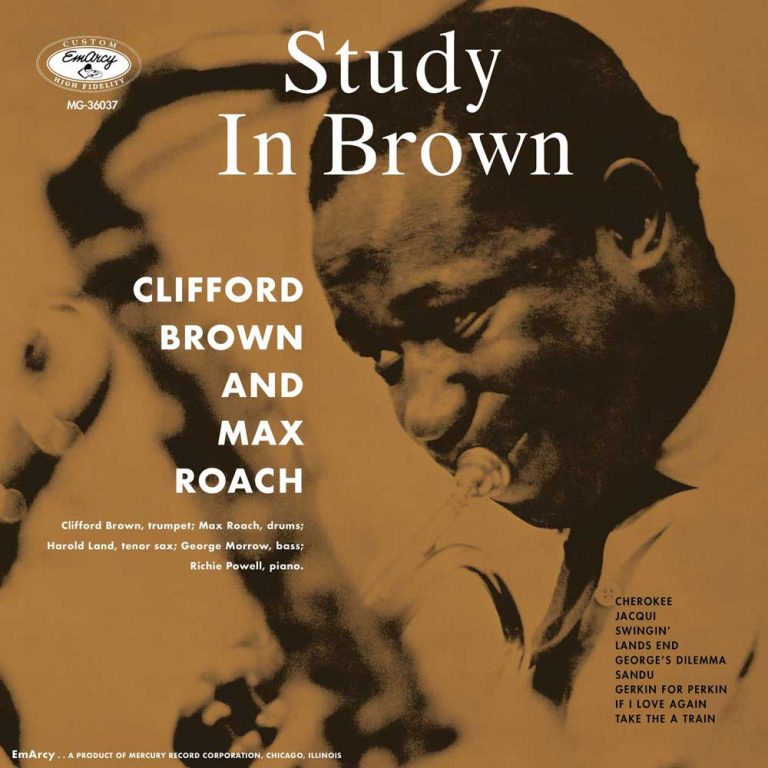
CLIFFORD BROWN Study in Brown
Available to purchase from our US store.Ella Fitzgerald & Louis Armstrong – “Ella & Louis” (1956)
What happens when you bring together two legendary jazz vocalists with wildly different styles? The answer is, pure magic. 1956’s “Ella and Louis” was the first of three albums recorded by jazz royalty Ella Fitzgerald and Louis Armstrong for the Verve label in the 1950s, which melded the First Lady of Song’s velvety smooth tones with Satchmo’s fruity growl. A bit like pouring honey on gravel, it probably shouldn’t work but these two consummate musicians and vocal stylists bring an effervescent panache and sheer joy to the date that elevate it to perfection.
With masterfully understated accompaniment from pianist Oscar Peterson’s trio featuring bassist Ray Brown and drummer Buddy Rich – and with Armstrong contributing sweet and lowdown trumpet throughout – they interpret 11 classic ballads from the Great American Songbook, with just enough grit to create timeless, polished pearls. When Ella throws in a cheeky impersonation of Louis, you can practically smell the good-natured chemistry.
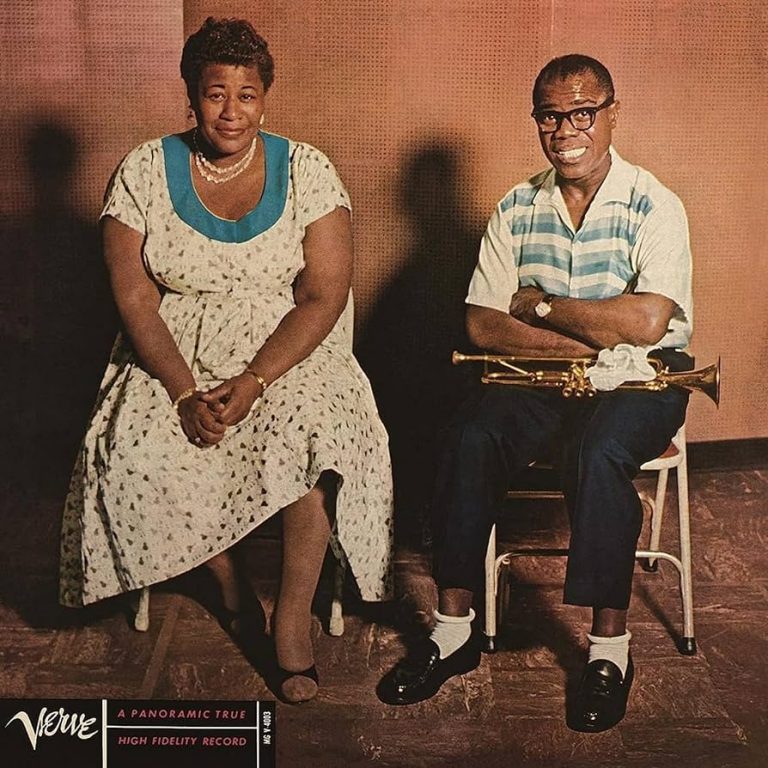
Ella Fitzgerald & Louis Armstrong Ella & Louis CD
Available to purchase from our US store.Harold Land & Bobby Hutcherson
Harold Land Quintet – “The Peace-Maker” (1968)
When vibraphonist Bobby Hutcherson returned from New York to his native LA in 1967, he struck up a friendship with tenor saxophonist Harold Land that led to one of the most fruitful collaborations in jazz. Between 1968 and 1971, Land appeared on seven restlessly questing albums Hutcherson recorded as a leader for Blue Note, touching on moody hard-bop, cerebral avant-garde sounds, laid-back funk and more. But “The Peace-Maker,” recorded in late 1967 and early 1968 by the Harold Land Quintet is where it all started. Here, they’re joined by pianist Joe Sample, bassist Buster Williams and drummer Donald Bailey for a sublime set that finds Land operating in a space of lyrical beauty informed the open-hearted sincerity of mid-period John Coltrane. From the sumptuous blues of the title track to the nimble post-bop of “Timetable,” Land is both soulful and searching throughout, while Hutcherson’s light-footed vibes provide the perfect foil with deep-swinging sensitivity.
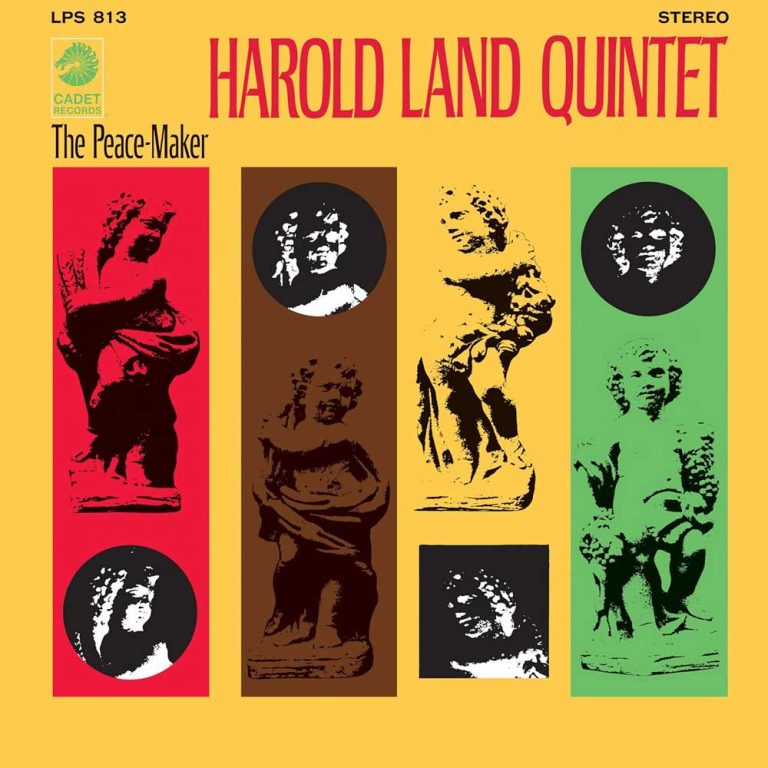
HAROLD LAND QUINTET The Peace-Maker
Available to purchase from our US store.Alice Coltrane & Pharoah Sanders
Alice Coltrane – “Ptah, The El Daoud” (1970)
Alice Coltrane and Pharoah Sanders were both key members of John Coltrane’s final group, sharing his spiritual search for healing sounds right up until his death in 1967. They also shared a commitment to keeping his musical mission alive after his passing. Sanders contributed bass clarinet to just one track on Alice’s debut as a leader, “A Monastic Trio” – recorded less than a year after her husband, John, died – but it was on her third album, 1970’s “Ptah, The El Daoud,” that their collaboration really blossomed. The first of Alice’s albums to include saxophone, it features the double tenors of Sanders and Joe Henderson bringing fire to Alice’s bluesy meditations – with each of the two saxophonists providing a very different vibe. As Alice herself noted in the liner notes, while Henderson is “more on the intellectual side,” Sanders is “more abstract, more transcendental.” It was this same tender fury that Sanders brought to Alice’s defining album, “Journey In Satchidananda,” the following year, concluding a brief yet world-shaking collaboration that set the template for 70s spiritual jazz.
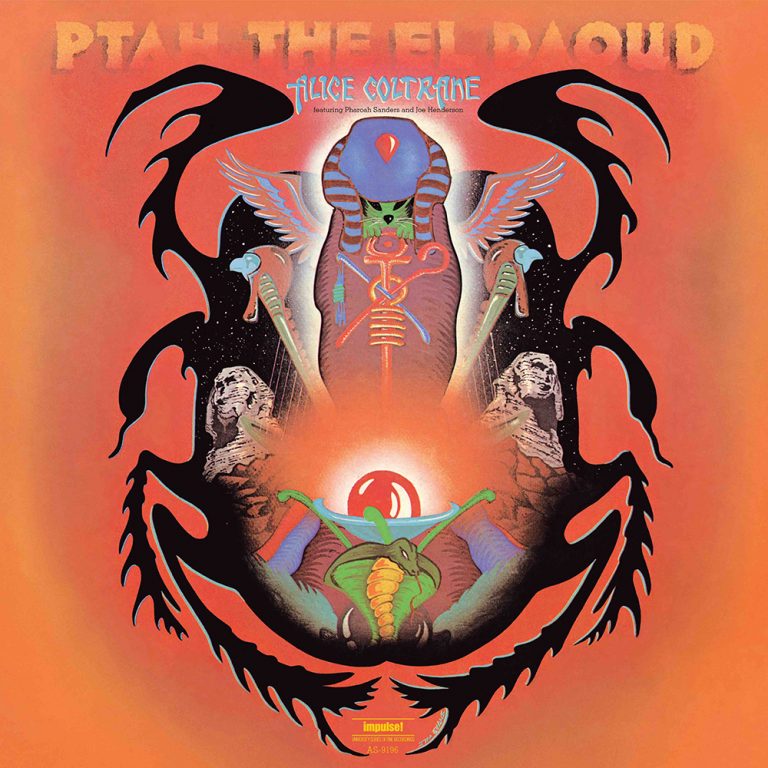
ALICE COLTRANE Ptah The El Daoud
Available to purchase from our US store.DOMi & JD BECK
DOMi & JD BECK – “NOT TiGHT” (2022)
Bringing the concept of the great jazz duo thundering into the 21st century are French keyboardist Domi Louna and Texan drummer JD Beck. The two former child prodigies met in 2018 and, in 2022, released their debut album, the critically acclaimed “NOT TIGHT.” It features appearances by A-list guests including legendary keyboardist Herbie Hancock, virtuoso bassist Thundercat, and guitarist Kurt Rosenwinkel, plus rappers Snoop Dogg and Busta Rhymes, but the main attraction is the youthful duo’s telepathically tight arrangements, using 70s jazz-fusion as the springboard to a hyper-modern, hyper-active, hyper-complex vision of dayglo disorientation. Crammed full of fiendishly complicated time signatures and harmonic twists, it’s a jaw dropping showcase for the duo’s almost superhuman musicianship but, at the same time, it’s all done with a spirit of fun and a refusal to take themselves too seriously that undermines any sense of too-cool-for-school muso snobbery. Proof, if any were needed, that there are some things AI will never be able to do.
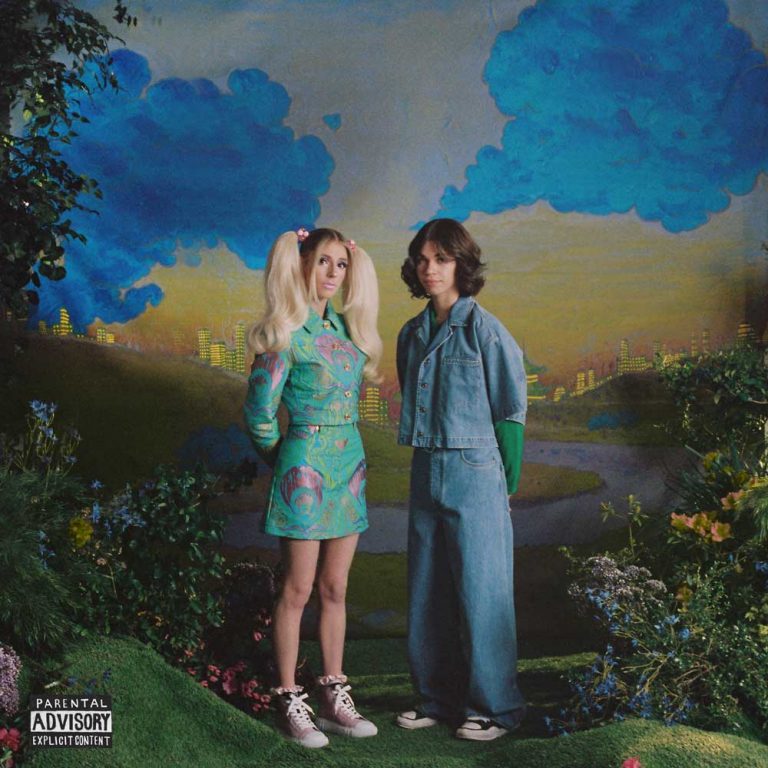
DOMi & JD BECK NOT TiGHT
Available to purchase from our US store.Read on…Rudy Van Gelder – His Best Live Jazz Recordings
Daniel Spicer is a Brighton-based writer, broadcaster and poet with bylines in The Wire, Jazzwise, Songlines and The Quietus. He’s the author of a book on Turkish psychedelic music and an anthology of articles from the Jazzwise archives.
Header image: Associated Press / Alamy Stock Photo

